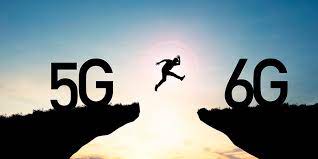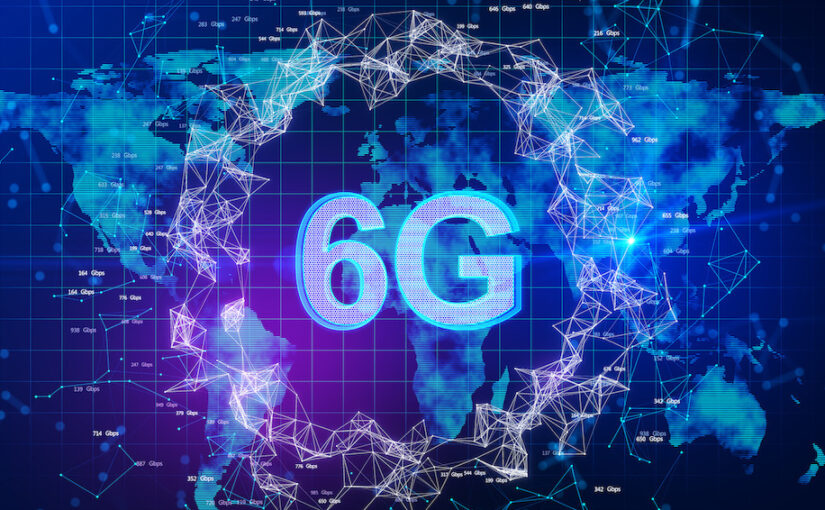The world of communication technology is on a relentless evolution, and as we embrace the power of 5G networks, it’s never too early to peek into the horizon of 6G and beyond. In this article, we embark on a journey into the future of communication technology, uncovering the potential features and groundbreaking applications of 6G networks.
 From 5G to 6G
From 5G to 6G
While 5G networks are still rolling out worldwide, researchers and innovators are already envisioning what comes next. 6G is expected to build upon the foundation of 5G, aiming for even faster data speeds, lower latency, and enhanced connectivity. But it’s not just about incremental improvements; 6G has the potential to revolutionize various industries.
 Potential Features of 6G
Potential Features of 6G
1. Terahertz Frequencies: 6G could operate in terahertz frequencies, enabling unprecedented data transfer speeds, and opening doors to new applications like ultra-high-definition holographic communication.
2. AI Integration: Artificial Intelligence could play a significant role in 6G networks, optimizing resource allocation, managing network traffic, and enabling intelligent network management.
3. Holographic Communications: 6G might introduce immersive holographic communication, allowing users to interact with lifelike projections of distant individuals or objects.
Applications of 6G
1. Smart Cities: 6G could drive the development of smart cities with interconnected infrastructure, real-time data processing, and enhanced automation.
2. Healthcare: Remote surgeries, augmented reality medical training, and real-time patient monitoring could be facilitated by the ultra-low latency of 6G networks.
3. Autonomous Systems: From self-driving cars to drones, 6G’s low latency and high reliability could pave the way for seamless communication in autonomous systems.
Challenges and Timelines
6G networks pose challenges including infrastructure deployment, regulatory frameworks, and spectrum allocation. While commercialization is likely a decade away, research and development are already underway in academic and industrial sectors.
Conclusion
The future of communication technology holds exciting prospects beyond 5G, with 6G promising lightning-fast speeds, augmented reality experiences, and transformative applications across sectors. As we embark on this journey, collaboration, innovation, and a forward-thinking mindset will be the driving forces behind the evolution of communication networks.

